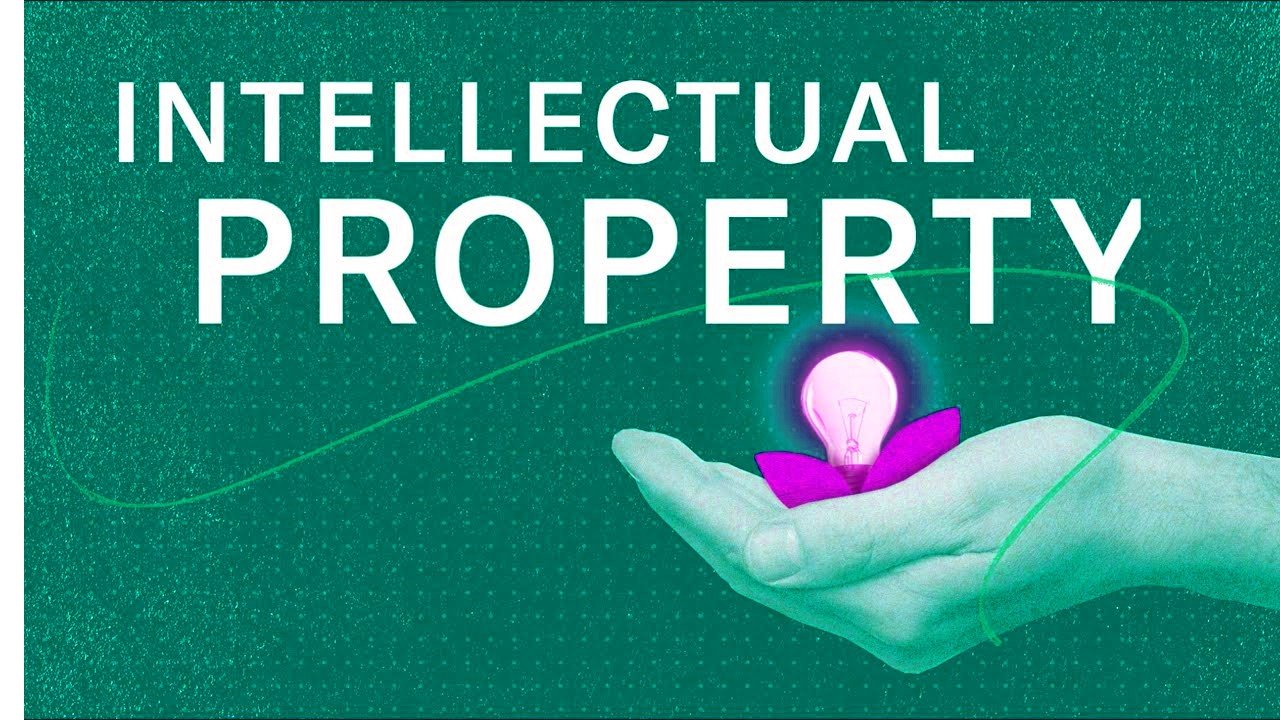The Value of Intellectual Property in the Digital Age

In the rapidly evolving landscape of the digital age, the value of intellectual property (IP) has never been more pronounced. As technology advances and information becomes increasingly accessible, the protection and management of intellectual property have become critical for fostering innovation, driving economic growth, and maintaining competitive advantage. From creative works to technological innovations, intellectual property is the cornerstone of modern society, incentivizing creativity, protecting investments, and shaping how we share and consume knowledge in the digital era. This article delves into the multifaceted importance of intellectual property in the digital age, exploring its economic significance, challenges, and strategies for effective management in an interconnected world.
The Digital Transformation and Intellectual Property
Impact of Digitalization on IP
The digital revolution has revolutionized how we create, consume, and share information. With the advent of the internet, digital technologies, and social media platforms, the barriers to entry for content creation have significantly lowered. While this has democratized creativity and innovation, it has also given rise to challenges related to protecting and enforcing intellectual property rights.
Challenges Faced in Protecting IP Online
One of the biggest challenges in the digital age is combating online piracy, plagiarism, and counterfeiting. Digital content, such as music, movies, books, and software, can be easily duplicated and distributed without the permission of the rights holders. This deprives creators of rightful compensation and undermines the integrity of intellectual property laws.
The Value of Intellectual Property
Economic Importance
Intellectual property fuels economic growth by incentivizing innovation and entrepreneurship. Patents encourage inventors to disclose their inventions to the public in exchange for exclusive rights, fostering technological progress and industrial development. Copyrights protect the rights of authors, artists, and creators, enabling them to monetize their works and earn a living from their talents.
Competitive Advantage
In today’s competitive business landscape, intellectual property is a valuable asset that sets companies apart. Trademarks distinguish products and services in the marketplace, building brand recognition and consumer loyalty. Trade secrets, such as proprietary formulas and processes, give businesses a competitive edge by safeguarding valuable know-how and expertise.
Types of Intellectual Property
Copyrights
Copyrights protect original works of authorship, including literary, artistic, musical, and dramatic creations. Copyright owners have the exclusive right to reproduce, distribute, perform, and display their works, granting them control over how their creations are used and disseminated.
Patents
Patents grant inventors exclusive rights to their inventions for a limited period, typically 20 years from the filing date. Patented inventions must be novel, non-obvious, and valuable, providing inventors with a monopoly over their creations and the opportunity to recoup their investment in research and development.
Trademarks
Trademarks protect brands, logos, and symbols that distinguish products and services in the marketplace. Trademark owners can prevent others from using confusingly similar marks that may dilute or tarnish their brand reputation, ensuring consumer confidence and brand loyalty.
Trade Secrets
Trade secrets encompass confidential information, such as formulas, processes, and business methods, that provide a competitive advantage. Unlike patents, trade secrets have no expiration date and require no registration, making them a cost-effective means of protecting valuable intellectual property.
Read More: Understanding Intellectual Property Law and Its Protection for Innovation
Importance of Protecting Intellectual Property
Preventing Unauthorized Use
Adequate intellectual property protection prevents unauthorized use, reproduction, and distribution of copyrighted works, patented inventions, and trademarked brands. Copyright, patent, and trademark infringement can result in legal action, financial damages, and reputational harm for individuals and businesses.
Safeguarding Investments
Investments in research, development, and creative endeavours are protected through intellectual property rights, ensuring a return on investment and fostering further innovation. Intellectual property assets can be licensed, sold, or leveraged as collateral to attract investment and generate revenue for creators, inventors, and rights holders.
Strategies for Protecting Intellectual Property
Legal Measures
Legal measures, such as copyrights, patents, trademarks, and trade secret laws, provide statutory protection for intellectual property assets. Creators, inventors, and businesses can register their intellectual property with government agencies, such as the U.S. Copyright Office, the U.S. Patent and Trademark Office, and the World Intellectual Property Organization (WIPO), to secure exclusive rights and enforce their intellectual property rights.
Technological Solutions
Technological solutions, such as digital rights management (DRM), encryption, and watermarking, help deter piracy and unauthorized use of digital content. DRM technologies encrypt digital content and control access to copyrighted works, preventing unauthorized copying, sharing, and distribution of digital media files.
Intellectual Property Management in the Digital Age
Licensing and Monetization
Licensing intellectual property allows creators and rights holders to generate revenue by granting others the right to use their creations under specified terms and conditions. Licensing agreements can be tailored to the needs of licensors and licensees, providing flexibility regarding usage rights, royalty payments, and territorial restrictions.
Brand Management
Effective brand management involves protecting trademarks and maintaining brand integrity to enhance brand value and consumer trust. Trademark owners must monitor the marketplace for unauthorized use of their marks and take legal action against infringers to enforce their trademark rights and preserve brand reputation.
Emerging Trends and Future Outlook
Artificial Intelligence and IP
Artificial intelligence (AI) advancements pose new challenges and opportunities in intellectual property law. AI technologies, such as machine learning algorithms and natural language processing (NLP) systems, have the potential to create, analyze, and manipulate digital content autonomously, raising questions about the ownership and protection of AI-generated works.
Globalization and IP Protection
Globalization has led to increased cross-border trade and collaboration, necessitating robust international frameworks for intellectual property protection and enforcement. International treaties, such as the Berne Convention for the Protection of Literary and Artistic Works, the Paris Convention for the Protection of Industrial Property, and the Agreement on Trade-Related Aspects of Intellectual Property Rights (TRIPS Agreement), establish minimum standards of intellectual property protection and facilitate cooperation among member states in combating intellectual property infringement.
Read More: How Intellectual Property and Copyright Law Work
Conclusion
In conclusion, intellectual property is pivotal in the digital age, driving innovation, economic growth, and competitive advantage. As technology evolves, protecting and managing intellectual property will remain essential for fostering creativity, sustaining progress, and preserving the rights and interests of creators, inventors, and rights holders.
FAQs
What is intellectual property, and why is it essential in the digital age?
Intellectual property encompasses creations of the mind, which is crucial in the digital age for incentivizing innovation and creativity while protecting creators’ rights.
How can individuals and businesses protect their intellectual property online?
Through legal measures like copyrights and patents, along with technological solutions such as digital rights management to deter unauthorized use.
What are the different types of intellectual property, and how do they differ?
Copyrights protect artistic works; patents safeguard inventions; trademarks protect brands; and trade secrets preserve valuable business information.
What legal and technological measures can be employed to safeguard intellectual property?
Legal measures include patents and copyrights, while technological solutions like encryption and DRM help prevent unauthorized use and distribution.
What are the emerging trends and future challenges in intellectual property management?
Emerging trends include AI-generated content and globalized trade, posing challenges to ownership rights and international enforcement.










